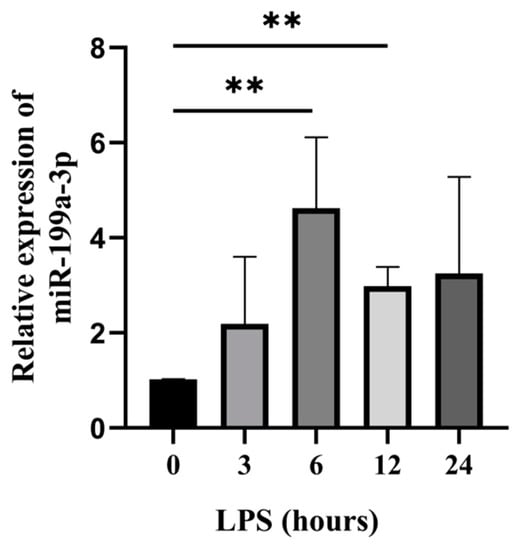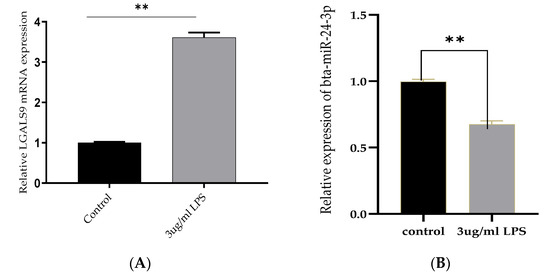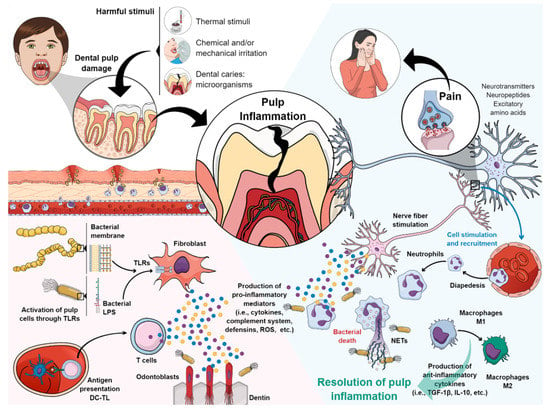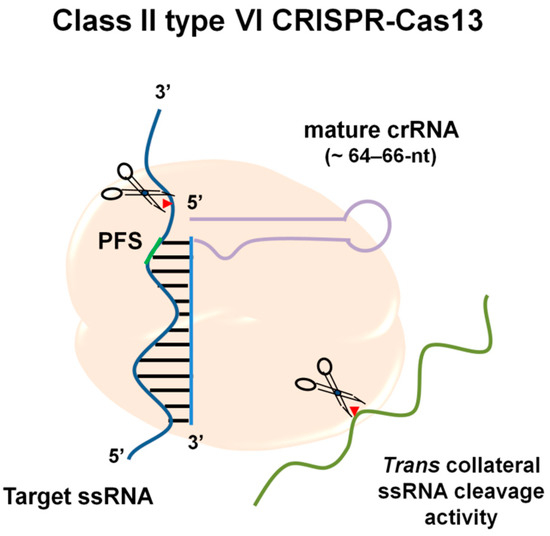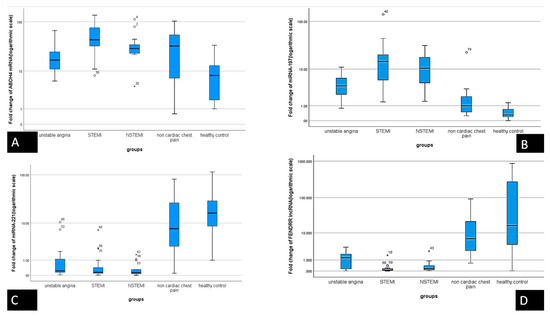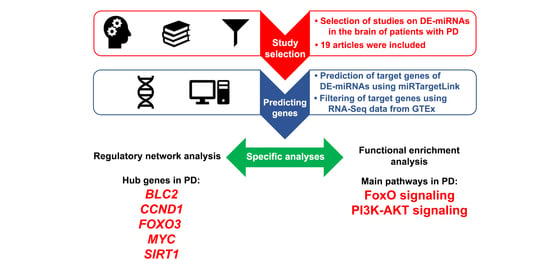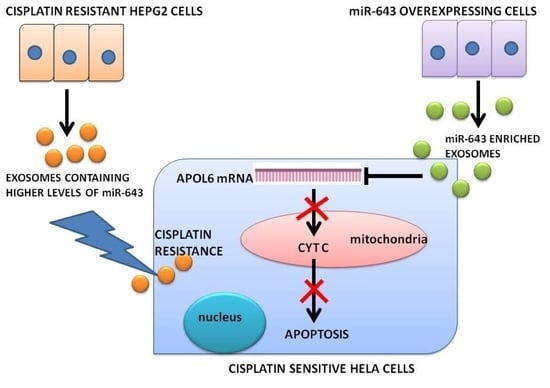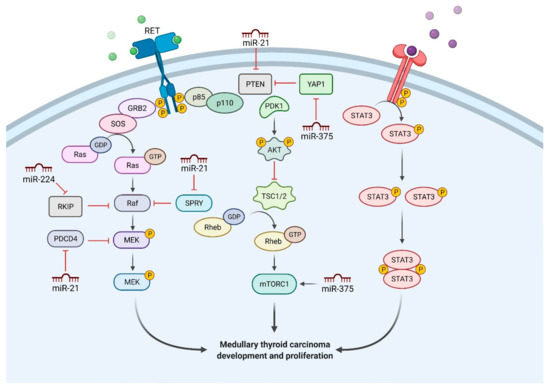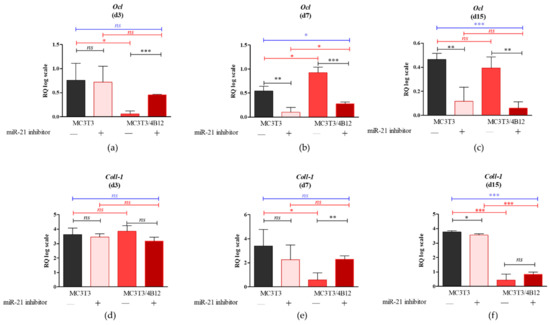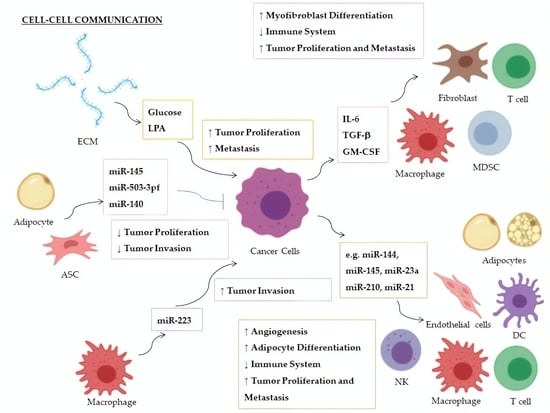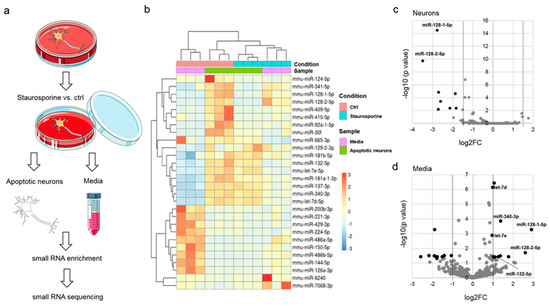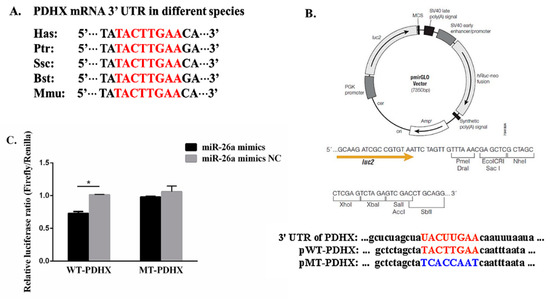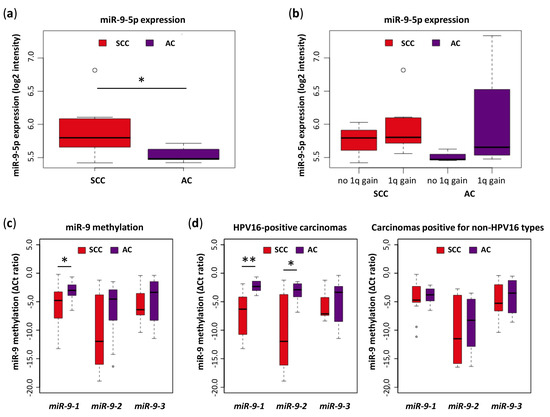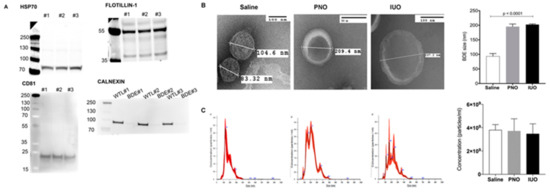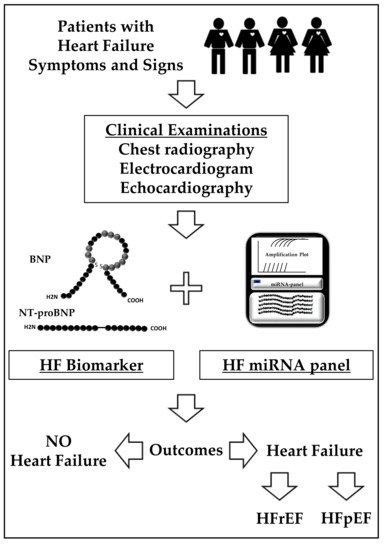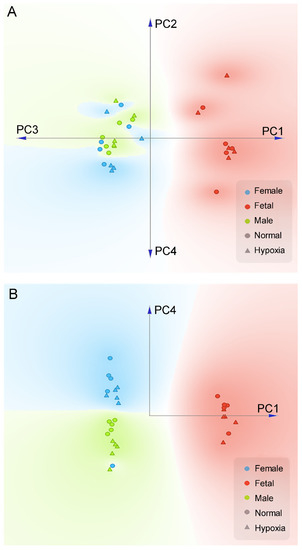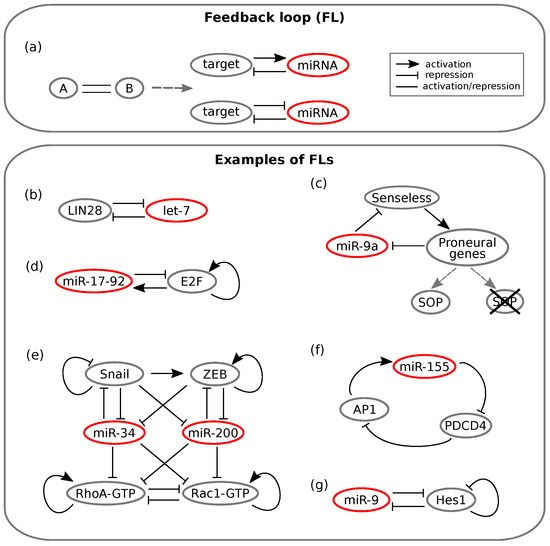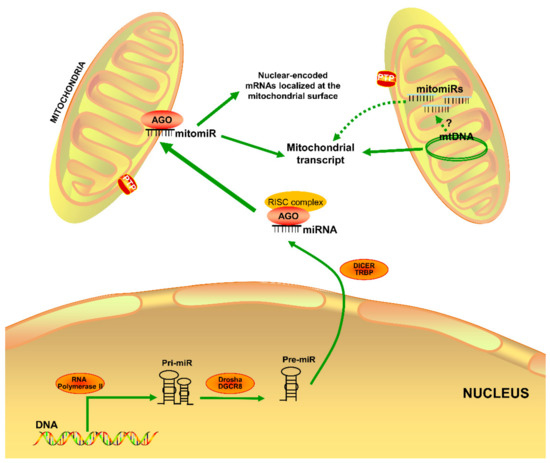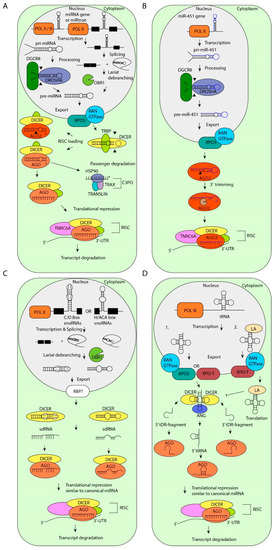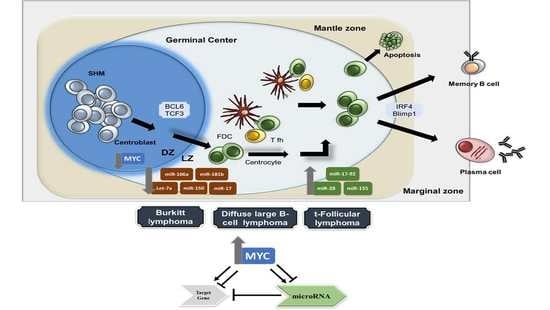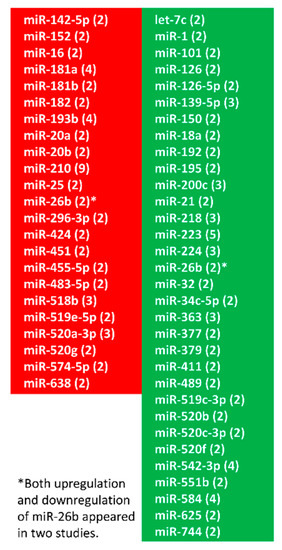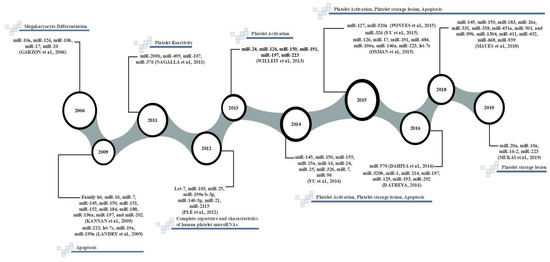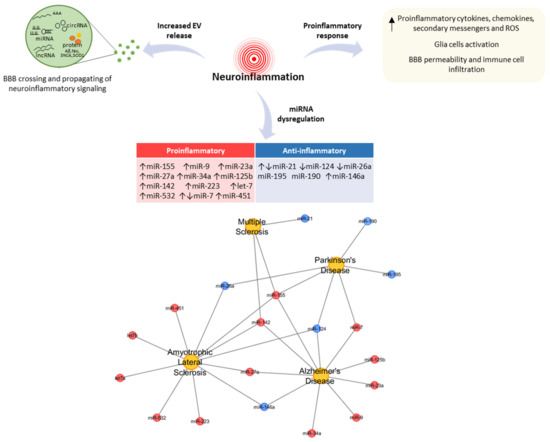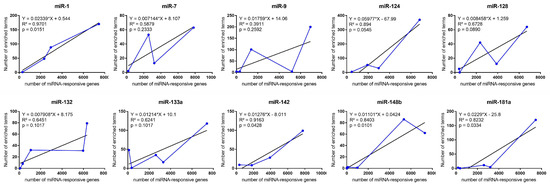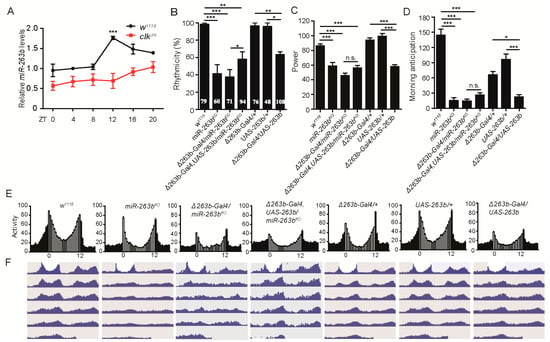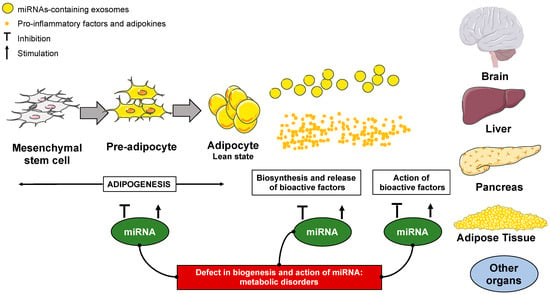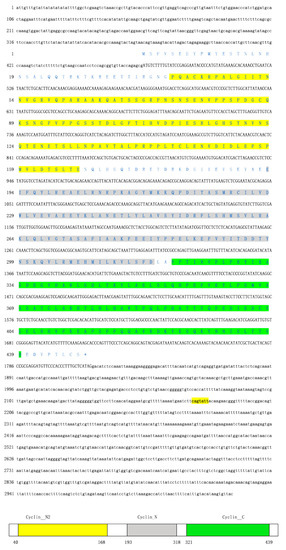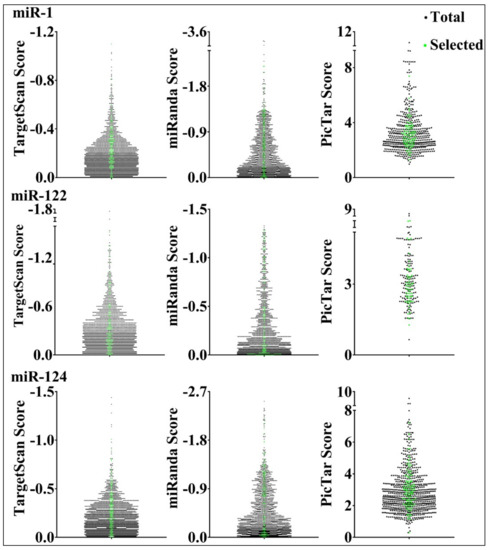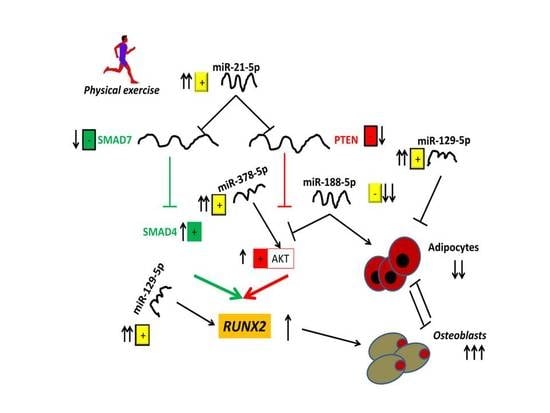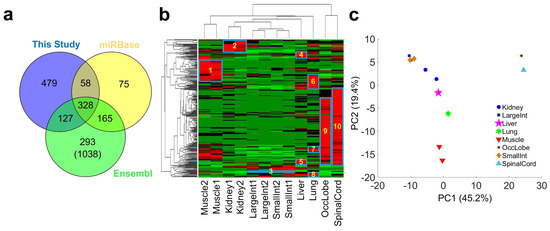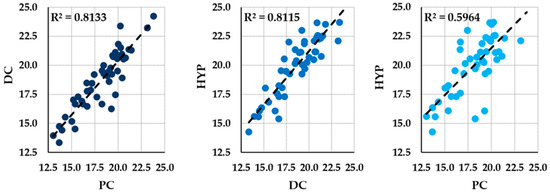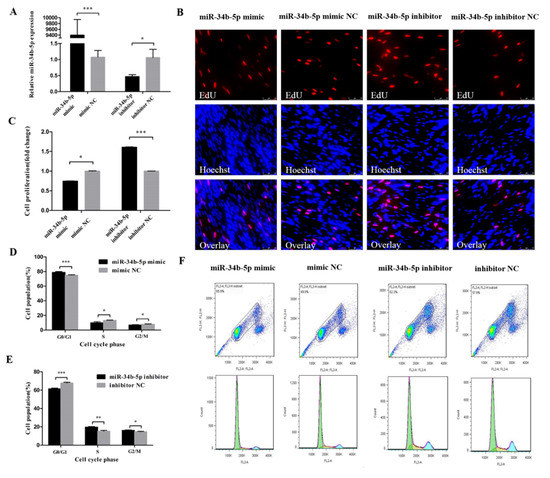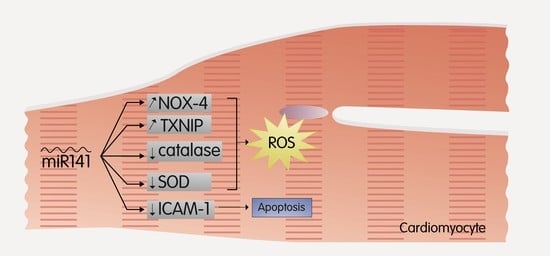Regulatory Functions of microRNAs
A topical collection in Cells (ISSN 2073-4409). This collection belongs to the section "Cell Nuclei: Function, Transport and Receptors".
Viewed by 182070Editors
Interests: stem cells; epigenetic mechanisms; noncoding RNAs; cancer stem cells
Special Issues, Collections and Topics in MDPI journals
Interests: bioinformatics; tensor decomposition; feature selection
Special Issues, Collections and Topics in MDPI journals
Topical Collection Information
Dear Colleagues,
MicroRNAs (miRNAs), short non-coding RNAs, have been shown to be involved in all cellular processes and in the pathogenesis of many human disorders, ranging from cancers to autoimmune diseases. However, the role of miRNAs in its detailed mechanisms concerning the initiation and progression of these diseases is still mostly uncharacterized. Therefore, researchers describe their mechanisms of actions, expression patterns and cellular pathways in which they are especially important. This Special Issue seeks reviews and original papers covering a wide range of topics related to microRNA biology, such as miRNA therapeutics, miRNA regulation in various disorders (cancer, metabolism, autoimmunity or others), interactions between miRNAs and target genes, pathway analyses, and other related topics. Studies involving non-human organisms are also welcome.
Dr. Giorgio MalpeliProf. Y-h. Taguchi
Guest Editors
Manuscript Submission Information
Manuscripts should be submitted online at www.mdpi.com by registering and logging in to this website. Once you are registered, click here to go to the submission form. Manuscripts can be submitted until the deadline. All submissions that pass pre-check are peer-reviewed. Accepted papers will be published continuously in the journal (as soon as accepted) and will be listed together on the collection website. Research articles, review articles as well as short communications are invited. For planned papers, a title and short abstract (about 100 words) can be sent to the Editorial Office for announcement on this website.
Submitted manuscripts should not have been published previously, nor be under consideration for publication elsewhere (except conference proceedings papers). All manuscripts are thoroughly refereed through a single-blind peer-review process. A guide for authors and other relevant information for submission of manuscripts is available on the Instructions for Authors page. Cells is an international peer-reviewed open access semimonthly journal published by MDPI.
Please visit the Instructions for Authors page before submitting a manuscript. The Article Processing Charge (APC) for publication in this open access journal is 2700 CHF (Swiss Francs). Submitted papers should be well formatted and use good English. Authors may use MDPI's English editing service prior to publication or during author revisions.
Keywords
- miRNA regulation
- biomarker
- pathway analysis
- cancer
- metabolism and diabetes
- autoimmunity
- aging
- target genes
- expression patterns








